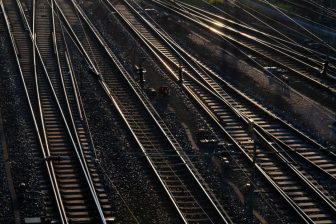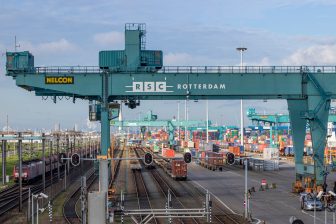
Railway decarbonisation just the ticket for G7
The UK can show international leadership by taking decisions on railway decarbonisation this year. That is the message to G7 leaders from the Railway Industry Association, the body representing the supply chain in the UK. The Association has delivered its message as the meeting of world economic leaders, commonly known as the G7, wound up in Cornwall, south west England at the weekend.
Do you want to read the full article?
Thank you for visiting RailFreight.com. Become a member of RailFreight Premium and get full access to all our premium content.
Are you already a member?
Having problems logging in? Call +31(0)10 280 1000 or send an email to customerdesk@promedia.nl.




